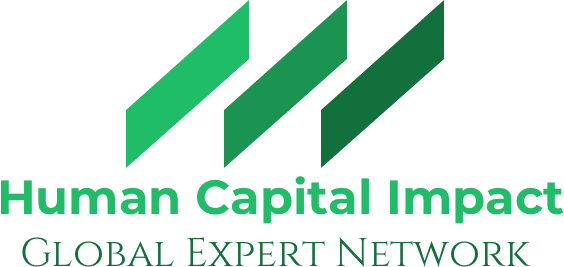ISO 30414: HR’s key to the boardroom door?
In late August 2020, the US Securities and Exchange Commission (SEC) announced its final ruling on human capital reporting. In an unprecedented move, all companies subject to SEC reporting requirements, like those issuing stocks, bonds or derivatives, must now disclose human capital factors pertinent to potential investors.
SEC Chairman, Jay Clayton, said in a public statement: “I fully support the requirement in today’s rules that companies must describe their human capital resources, including any human capital measures or objectives they focus on in managing the business, to the extent material to an understanding of the company’s business as a whole.”
The SEC’s announcement follows the direction of travel in policymaking worldwide, including nudges towards reporting on executive pay, gender, and ethnicity pay gaps. It also gets right to the heart of today’s Environmental, Social and Governance (ESG) agenda and the push for greater transparency.
More than this, it explicitly acknowledges the role of quality people-management practices, human capital metrics, and analytics in corporate success. Companies with well-developed people analytics practices are three times more likely to outperform their competitors financially. The ISO 30414 guidance on human resource management internal and external reporting therefore has an important part to play in mitigating people risk at this time of both opportunity and challenge.
HR and Finance: Speaking the same language
This really is a key moment for HR expertise and business leaders. The SEC’s ruling means companies need to articulate exactly what they mean when they say, “our people are our best asset”. HR has finally come of age as a profit-and-loss centre rather than as a straight cost to the business where people account for as much as 70% of a company’s overheads.
The HR profession has long struggled to articulate the link between people practices and profitability. This has arguably diminished the department’s reputation from a board-level perspective. In some cases, HR still remains a purely tactical rather than a strategical asset.
The SEC’s ruling and the voluntary standard ISO 30414 benchmarking guidelines for internal and external human capital reporting fundamentally change that. Together, they give HR and chief HR officers, chief financial officers, chief operating officers, and chief executives the same language for considering and making transparent the human capital contribution to the organisation to support the sustainability of the workforce.
What is ISO 30414?
For HR, ISO 30414 comprises 11 key human capital reporting areas many companies already monitor and analyse for both internal and external stakeholders. The voluntary guidelines leverage existing and new data points for companies of all sizes around:
compliance and ethics
costs
diversity
leadership
organisational culture
organisational health, safety and well-being
productivity
recruitment, mobility and turnover
skills and capabilities
succession planning
workforce availability.
ISO 30414’s framework includes recommendations for 32 to 58 key metrics, depending on organisation size, so companies can package their HR practice and human capital reporting outcomes and narratives more objectively and demonstrate their human capital return on investment. It enables a clear, readily comparable – and now compliant – view of a workforce’s contribution. More importantly, the process and its outcomes offer insights to improve practice and performance.
Managing people risk and profitability
For C-suite decision makers, the ISO 30414 framework allows investors – including the rapidly expanding number of socially responsible funds, a huge growth area in capital markets worldwide – a clear line of sight between people practices, people risk and the company’s profitability, easing access to funding. Academic research by Dr Donald Atwater and Professor Jeff Higgins, a member of the working group developing the ISO 30414 guidelines, shows that changes in human capital metrics predict stock performance.
Such transparency – both inside and outside the organisation – undoubtedly lends itself to better decision making. It has the potential to raise the game around quality of working life and therefore engagement and productivity. In talent-tight times where honesty and trust are prized, clarity around these metrics could also make the difference between a candidate choosing your company over a competitor.
HR comes of age?
HR departments are already working hard to truly show how their people are their company’s best asset rather than a cost-centre. The ISO 30414 benchmarking framework helps translate this effort in a way that shows progress and competitiveness on a like-for-like basis with similar employers.
As well as a seal of good practice and visible sign of intent to workforces and potential employees, ISO 30414 in another way could also be considered as a “people-credit check” for investors: one that could potentially reduce the cost of corporate borrowing to the tune of millions of pounds. Looked at this way, ISO 30414 could be a turnkey to the boardroom door for HR to show how it is a true profit centre.

